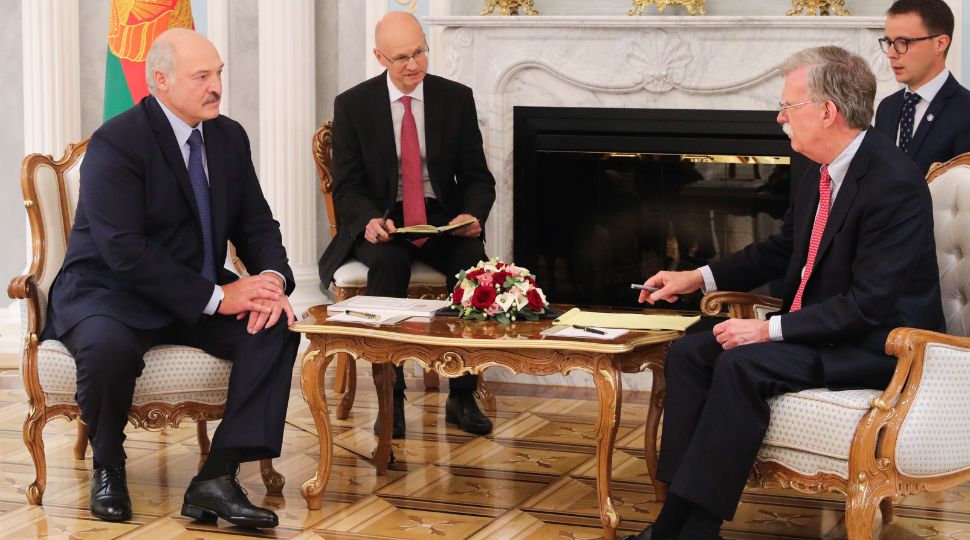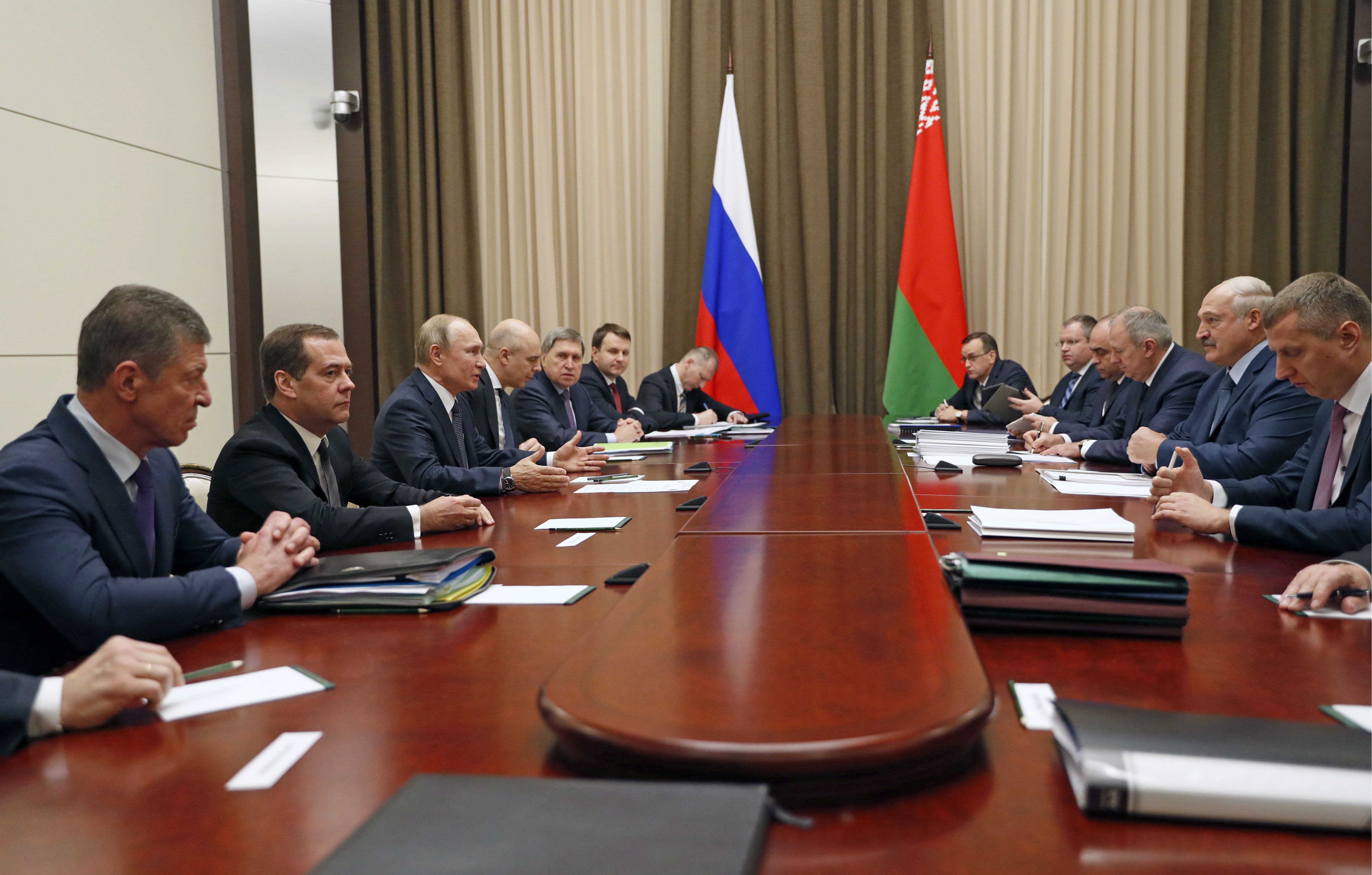U.S. Secretary of State Visits Minsk

What happened during the visit?
During the visit, the sides discussed the development of bilateral relations—both political and economic—with particular emphasis on American investment opportunities. Security issues, including regional issues (such as the situation in eastern Ukraine), cooperation between Belarusian and U.S. security services, and the possibility of cooperation between Belarus and NATO, were touched on. Pompeo also visited the Minsk High Technology Park.
The secretary of state said that the U.S. expects Belarus to carry out further reforms in the protection of human rights and added that, because of a lack of compliance, the U.S. will not lift all the sanctions imposed on the country. During his stay in Minsk, Pompeo also met with representatives of independent civil-society institutions.
Why now?
Pompeo’s visit was planned for the beginning of January but was postponed after the events in Iraq. In addition to Belarus, the secretary of state visited Ukraine (30-31 January) and Kazakhstan (2 February) and continued to Uzbekistan. In each country, he raised security and human-rights issues. The purpose of his visits is to show that the U.S. is interested in increasing its presence in Eastern Europe and Central Asia.
Pompeo’s arrival to Minsk is the third visit of a high-level U.S. official to Belarus in the last six months. In August 2019, U.S. National Security Advisor John Bolton visited Minsk and in September, David Hale, the undersecretary of political affairs at the U.S. State Department, travelled there.
Will the meeting improve the chances of Belarusian-American energy cooperation?
During the visit, Pompeo said that the U.S. stands ready to ensure oil supplies at a volume that meets the full demand of Belarus at competitive prices (in 2020, the country will pay about 17% less for Russian oil than the global price). This declaration indicates that the U.S. wants to develop energy cooperation with Central and Eastern Europe, with Belarus treated as a prospective partner. However, before it can import oil from the U.S. or certain other raw materials, Belarus will have to develop cooperation with Poland, Lithuania, and Latvia, not only regarding transport (Belarus may import oil through Lithuanian and Latvian ports and then transport it to its refineries by rail, or via the Druzhba pipeline with Poland, both in the form of real and virtual reverse flows) but also in possible joint purchases.
What is the significance of the visit?
The Belarusian authorities will use Pompeo’s declaration in their negotiations with Russia regarding the terms of supply for both oil and gas (the current gas contract ends at the end of February). At the same time, Russia may perceive an increase in Belarusian-American cooperation as a threat, seeing it as further proof of U.S. interference within its perceived sphere of influence, and in turn, intensify pressure on Belarus to end it.
Pompeo’s assurances of support for Belarusian independence, as well as other U.S. efforts to strengthen its position in Eastern Europe, are consistent with both Poland’s and the EU’s interests. The possible development of Belarusian-American energy cooperation would be beneficial for Poland, as is the increase in security cooperation, in both the fight against international terrorism and human trafficking, and for Belarus’ relations with NATO.




